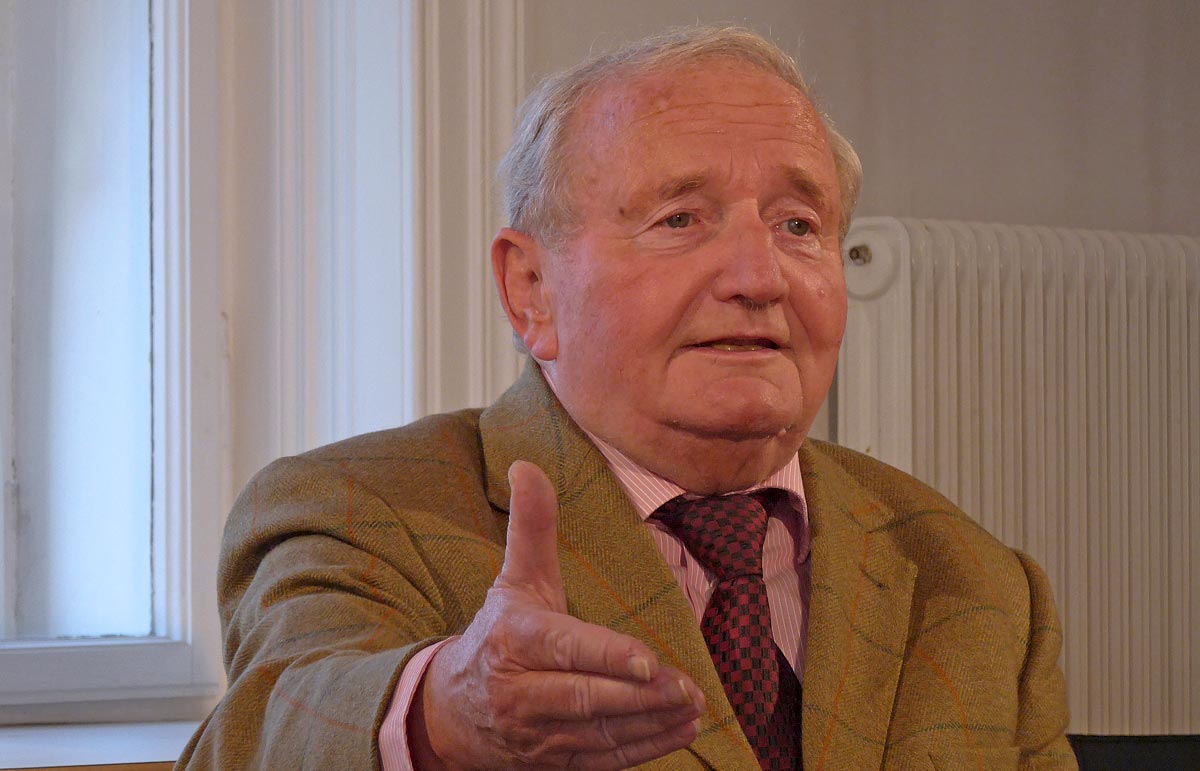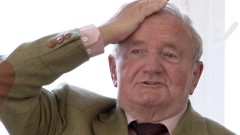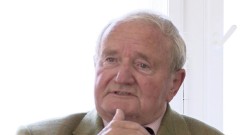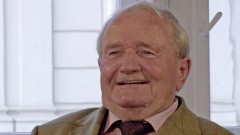What were the motives for setting the IEA research network up in the 1970’s?
With the first oil (price) shock in the mid 1970’s it dawned on the industrialized countries how dependent they were on supplies of energy from elsewhere. In 1974 the International Energy Agency was set up as an autonomous organization within the framework of the OECD, with the aim of planning and implementing joint measures to ensure a reliable supply of energy in the countries belonging to the OECD. Austria was one of the founding members.
How has international R&D in the field of renewables developed over the last 40 years?
International R&D in this field, together with demonstration projects, have made a decisive contribution to the successful development of the market for renewable sources of energy, such as solar heating, solar electricity, facilities to generate heat, electricity and biofuels from biomass, and wind power. Since 2005 we have seen two-digit mean annual growth rates both around the world and in Europe. The market in the renewables sector has become an economic factor: it now employs roughly 6.5 million people around the world. In Austria about 31,600 full-time jobs are currently involved. In 2013 turnover in Austria in this sector was roughly 4.4 billion Euro.
In 1980 you were nominated as the Austrian deputy on the Executive Committee for the technology initiative SHC Solar Heating and Cooling. What were the goals of this Implementing Agreement?
The initial emphasis was on developing, testing and standardizing collectors. Research then moved on to attractive applications for solar heating equipment, first in buildings, later in industry; pilot plants were tested and products launched commercially. The IEA SHC Programme also had considerable influence on how Austria developed an energy research strategy, and quite a number of research projects were initiated and carried out as part of IEA SHC.
Where did Austrian R&D develop special strengths and achieve internationally recognized successes in this field?
At Austria’s instigation research was done on expanding the range of applications for solar heating equipment. Technologies for using solar energy in space heating and for process heat at low and medium temperatures were developed with great success, often in combination with biomass (wood chips and pellets). Employing solar energy to air-condition and cool buildings in high-insolation countries was another important topic. Today Austrian firms are world market leaders in the fields of flat-plate collectors and biomass combustion equipment, with an export share of up to 80 %. In order to hold on to or increase their international lead, many Austrian firms are in process of expanding their production capacities and continuing to automate them.
How is this research collaboration likely to develop from now on, and what strategies are necessary for a sustainable energy future?
The goal of the current IEA research programmes is to make the switch from fossil to renewable sources of energy possible. This switch ought to be complete by the year 2050; the energy supply industry should have ceased climate-changing carbon dioxide emissions by 2100 at the latest (according to the UNO 2015 climate report). Today establishing regional energy systems in a circular economy – coupled with maximum efficiency in generation and use – is given preference over a globally organized energy system. In such regional energy strategies the most promising approach is to combine local systems with a transregional system: the local energy system is supported by a central electricity network (some of the electricity comes from PV equipment and wind farms), and surplus electricity from the local energy units is fed into the central network.



